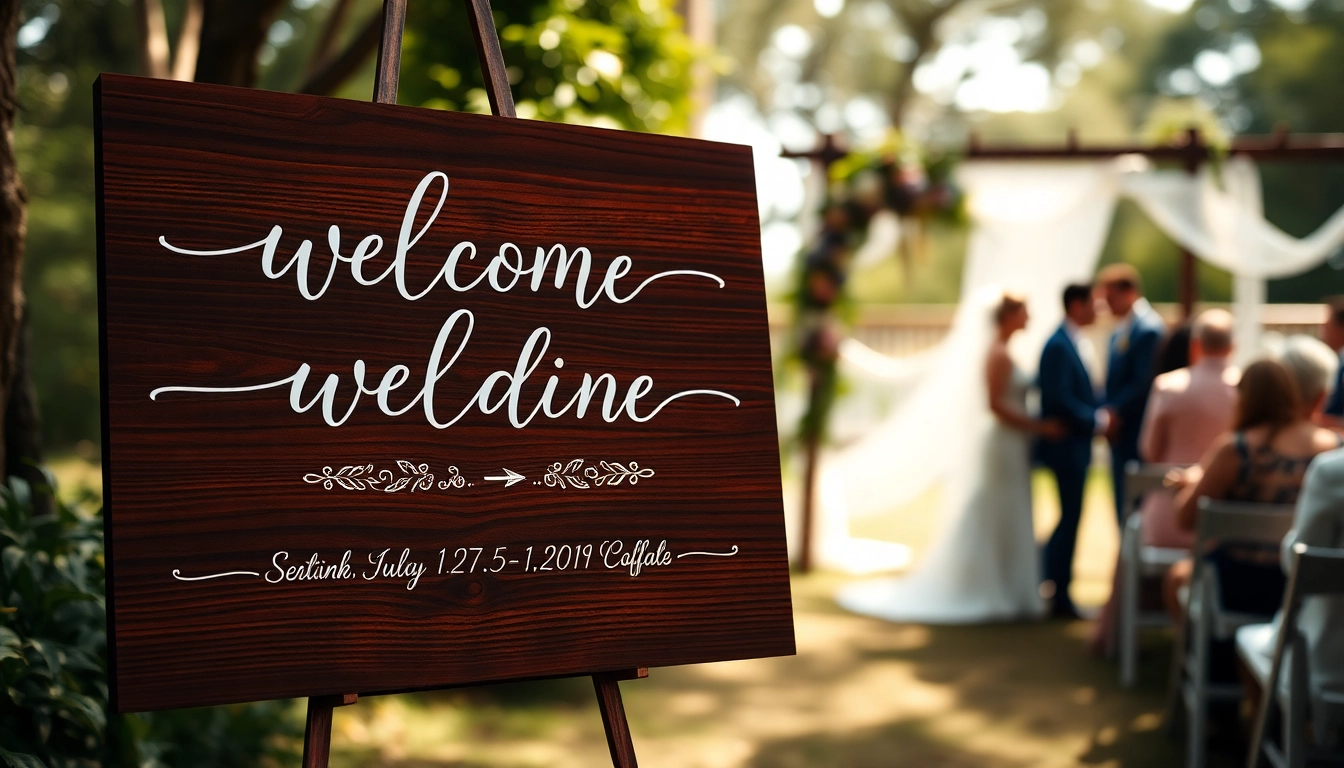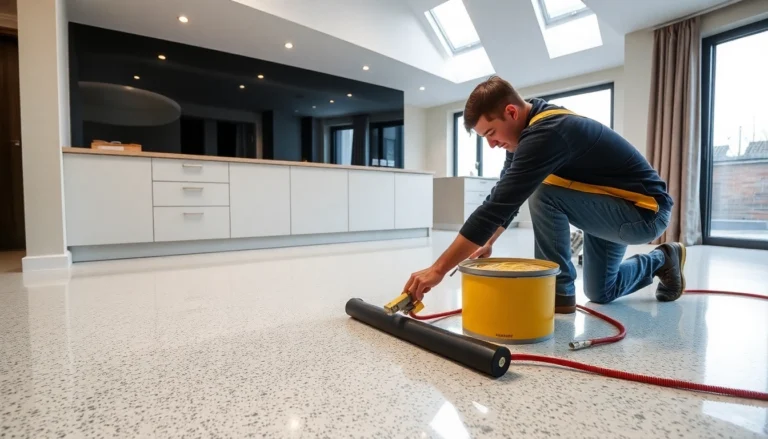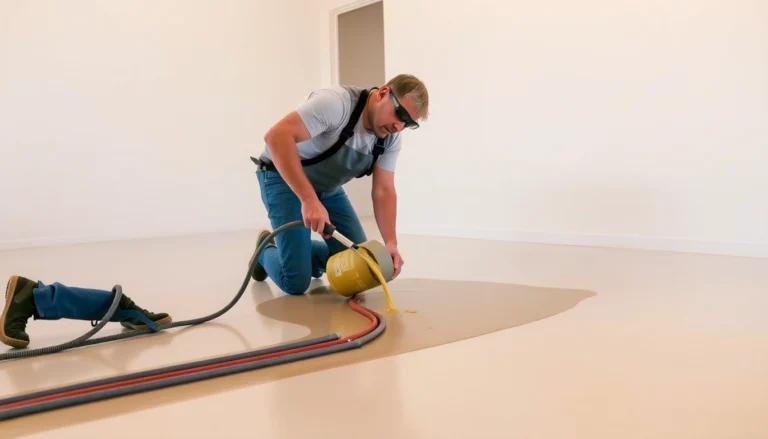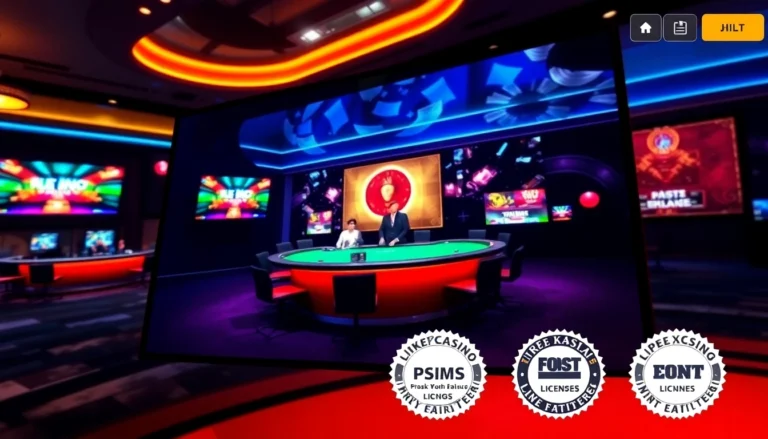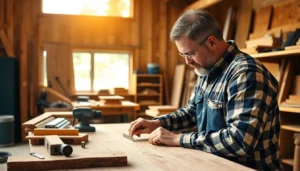Understanding the Purpose and Importance of Wedding Welcome Signs
In the realm of wedding planning, every detail contributes to setting the tone for a memorable celebration. Among these details, the wedding welcome sign plays a pivotal role in greeting guests, establishing the wedding’s ambiance, and providing essential information in an elegant and personalized way. A well-designed wedding welcome sign acts as the first point of visual engagement, making guests feel appreciated and excited about the upcoming festivities. It is more than just a greeting; it is a reflection of the couple’s personality, style, and the theme of the wedding.
With the increasing focus on personalized wedding decor, the wedding welcome sign has become an essential item on many couples’ must-have list. It encapsulates the spirit of the day and guides guests seamlessly into the celebration, whether at a rustic outdoor venue or an elegant ballroom.
What Traditionally Goes on a Wedding Welcome Sign?
Traditionally, wedding welcome signs include basic details such as the couple’s names, the wedding date, and a warm greeting like “Welcome to Our Wedding” or “Happily Ever After Starts Here.” These components serve practical purposes—helping guests identify the venue and know they are at the right place. However, modern couples often go beyond traditional details, incorporating personalized messages, humor, or meaningful quotes that resonate with their relationship.
For example, some signs feature heartfelt messages like “Love, Laughter, and Happily Ever After” or “Welcome Guests — Please Relax and Enjoy the Celebration.” Including a clear, inviting message sets a friendly tone and enhances the overall guest experience.
How a Custom Wedding Sign Sets the Tone for Your Celebration
A custom wedding sign not only provides information but also acts as a visual storytelling element. The design, colors, and language reflect the couple’s personality and the theme of the wedding—be it rustic, modern, vintage, bohemian, or themed around specific motifs like floral or nautical elements. For instance, a minimalist black-and-white acrylic sign communicates sophistication, whereas a whimsical hand-painted wood sign evokes charm and warmth.
When a wedding sign is personalized, it creates an immediate sense of intimacy and style, helping guests understand the tone—formal, fun, romantic, or playful—right from the entrance. This alignment of aesthetic and messaging ensures every aspect of the celebration feels cohesive, making the entire event more memorable.
Common Sizes and Styles for Wedding Welcome Signs
The size and style of a wedding welcome sign depend largely on the venue, decor theme, and personal preference. Popular sizes typically range from 18×24 inches to 24×36 inches, striking a balance between visibility and portability. Foam boards, acrylic, wood, and fabric are among the most common materials, each offering unique aesthetic qualities and practical considerations.
For example, a large plywood or acrylic sign can be displayed prominently at the entrance, while smaller signs are suitable for directing guests or providing additional details. The style can vary from elegant calligraphy on a sleek acrylic background to rustic painted wood with handwritten details. Choosing the right size and style ensures that the sign commands attention without overwhelming the setting.
Design Inspiration and Trends for Wedding Welcome Signs
Popular Materials: Wood, Acrylic, and Fabric
Material choice significantly influences the overall look of your wedding welcome sign. Each material offers different advantages and visual effects:
- Wood: Offers a rustic, natural appeal, perfect for outdoor, barn, or vintage-themed weddings. Wooden signs can be painted, stained, or left natural for a warm, handcrafted feel.
- Acrylic: Modern, sleek, and elegant, acrylic signs are often used for contemporary weddings. They come in transparent, frosted, or metallic finishes, providing a glossy or matte surface suitable for intricate designs and vibrant colors.
- Fabric: Creative and customizable, fabric signs made from materials like burlap, linen, or canvas introduce a soft, tactile dimension. They are ideal for DIY projects and can add an artisanal touch to the decor.
Incorporating Your Wedding Theme and Color Palette
The visual coherence between your welcome sign and wedding theme enhances the aesthetic appeal. For a romantic garden wedding, incorporate floral motifs, soft pastels, and cursive fonts. For a sleek modern affair, opt for minimalist designs with clean lines, bold typography, and metallic accents. Vintage themes may feature distressed wood, antique fonts, and subtle embellishments like lace or pressed flowers.
Color palette consistency is crucial. Matching the sign’s colors with your wedding palette—such as blush pinks, navy blues, or forest greens—creates a harmonious look. Custom printing options make it easy to match fonts, colors, and decorative elements precisely to your wedding style.
Unique Fonts, Calligraphy, and Decorative Elements
Typography transforms the tone conveyed by your welcome sign. Elegant calligraphy or script fonts evoke sophistication and romance, while playful handwritten styles convey fun and informality. Mixing font styles—combining a decorative script with a clean sans-serif—can add visual interest.
Decorative elements like floral accents, watercolor illustrations, metallic foils, or laser-cut designs elevate the design and personalize the sign further. For example, pressed flower embellishments on a wooden sign add texture and natural charm, while metallic foil text on acrylic enhances glamour.
Steps to Creating Your Personalized Wedding Welcome Sign
Choosing the Right Material and Size
Start by assessing your venue and overall decor theme. If your wedding is outdoor or rustic, a wood or fabric sign in a moderate size (around 20×30 inches) offers excellent visibility without overpowering the space. For elegant indoor settings, acrylic signs in larger sizes (24×36 inches) may be more appropriate. Consider practicality: lightweight materials like foam core are easier to transport and set up, especially if you’re DIY-ing the sign.
When selecting size, think about guest sightlines and placement. A sign that’s too small may go unnoticed, while one that’s too large may dominate the space unnecessarily.
Parts of a Well-Designed Sign (Names, Date, Message)
A balanced composition enhances readability and aesthetic appeal. Core elements include:
- Couple’s Names: Usually larger, central, or emphasized with decorative fonts.
- Wedding Date: Placed below the names, often in a smaller font but still prominent.
- Greeting or Message: Such as “Welcome,” “Happily Ever After,” or personalized greetings that reflect your personality.
Additional details—like venue location, directions, or social media hashtags—can be included if space allows. The key is clarity and aesthetic harmony.
DIY Tips vs. Professional Customization
DIY wedding signs can be a fun, budget-friendly project, especially with materials like vinyl decals on wood or fabric. Tutorials for hand-painting or calligraphy are widely available, and DIY signage offers a personal touch. However, DIY projects may not achieve the same level of polish or durability as professionally made signs.
Professional signage services use advanced printers, laser cutting, and expert craftsmanship, ensuring a high-quality, durable product. They also allow for complex designs, precise color matching, and faster turnaround times. Evaluate your skills, timeline, and desired aesthetic when choosing between DIY and professional options.
Placement and Display Tips for Maximum Impact
Best Spots to Set Up Your Wedding Welcome Sign
The primary location for your wedding welcome sign is at the entrance of the venue. Position it strategically to greet guests as they arrive, ideally where they will naturally look upon arrival or parking. If outdoor, place it on a stand or easel at the pathway or driveway.
Additional signs can be used for directional purposes, such as directing guests to the ceremony, reception, or photo areas. Consider visibility from a distance; avoid cluttered or overly shaded areas that hinder readability.
Using Stands, Frames, or Hanging Options
Variety in display methods can enhance visual appeal:
- Stand/Easel: Freestanding wooden or metal easels provide flexibility and a classic look.
- Frames: Encasing the sign in a decorative frame emphasizes its importance and neatly contains the design.
- Hanging: Using decorative ribbons, sign hangers, or hooks works well for outdoor or indoor venues, especially with lightweight fabric or acrylic signs.
Ensuring Visibility and Accessibility for Guests
Height placement is crucial—ensure the sign is at eye level for most guests. Use sturdy stands and secure fastenings to prevent tipping. Bright lighting, especially for evening or indoor weddings, is essential to maintain readability. Consider adding complementary lighting or uplights to highlight the sign and draw attention.
Maintaining and Preserving Your Wedding Sign After the Event
Proper Cleaning and Storage Tips
Protective measures ensure your wedding sign remains in pristine condition for future sentimental value or repurposing. Clean acrylic or glass surfaces with soft, damp cloths. Wooden signs should be dusted and occasionally treated with appropriate sealants or oils to prevent warping or cracking. Fabric signs can be gently spot cleaned, and all signs should be stored in a dry, cool environment, preferably wrapped in protective covers or tissue.
Creative Ways to Repurpose Your Sign as Decor
Post-wedding, your sign can become a cherished keepsake or home decor piece. Wooden signs with personal messages can be repainted or distressed for wall art. Acrylic signs can be framed and displayed in a guest’s home or as part of a gallery wall. Fabric signs, depending on their material, can be incorporated into pillow covers, framed art, or other DIY projects to preserve the memory.
Sharing Your Wedding Sign Photos on Social Media
High-quality images of your wedding sign are perfect for sharing on social media platforms, providing inspiration for others and documenting your special day. Use natural lighting and multiple angles to showcase details. Tag signage providers or artists if you used professional services to support their craft and enhance your wedding’s aesthetic record.
